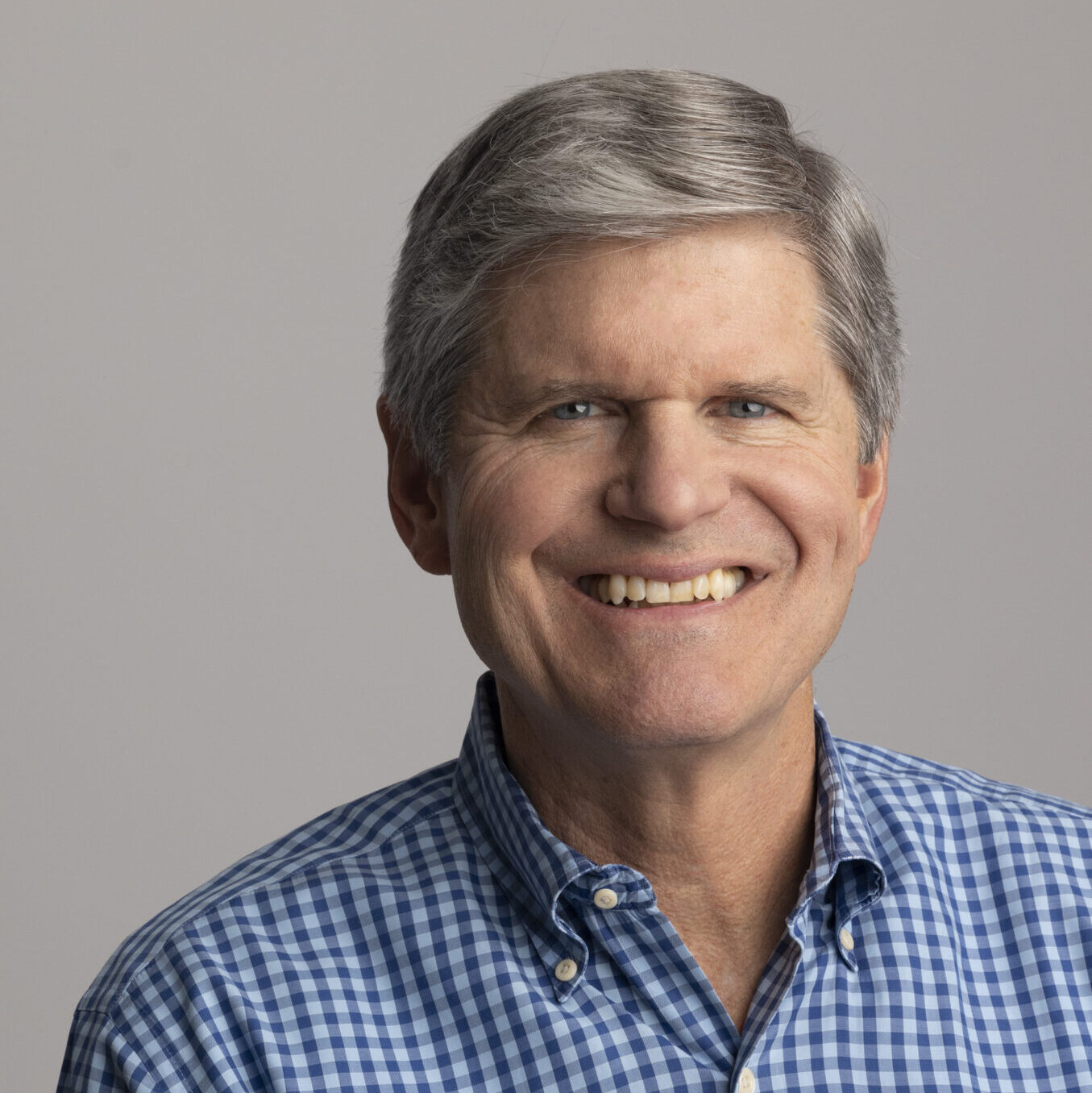Customer acquisition costs (CAC) – the amount of money a company spends on marketing, advertising, and sales initiatives to gain new customers – are top of mind for most marketers. According to a study by martech firm Iterable – 2021 Marketing Trends: Dissecting the Unexpected – increased customer acquisition is the top priority for 65% of marketers. The challenge today is that everything has become much more expensive.
A significant factor driving rising CAC is the changes in privacy rules that have wreaked havoc on marketing departments everywhere. The California Consumer Privacy Act (CCPA), enacted in 2020 to protect privacy and consumer rights in the United States and GDPR in Europe, have limited marketers’ access to consumer databases and changed the rules on how they can identify and target potential new customers using their personal data.
Three weeks into 2022, there’s no let-up; and yet another new bill, the Banning Surveillance Advertising Act, has been introduced to place greater restrictions on targeted ads.
These regulations, coupled with Apple’s privacy updates in April of 2021, have changed the game for marketers. Tools to reach targeted audiences are being taken away or are no longer effective. You can no longer allocate your budget to Facebook or Instagram and let the algorithm do the rest. This makes it very difficult for brands to land on a win-win CAC model.
We recently hosted a roundtable with our portfolio companies to help them walk the line between complying with new privacy rules and controlling CAC. Below we share our findings and advice for anyone reevaluating their digital marketing strategy in 2022.
Nobody’s Opting In
Marketers are already well aware, but it’s worth spelling out: The most significant event in digital advertising in years has been the roll-out of Apple iOS 14.5 in April of 2021. The updated iOS provided Apple users the option to block activity tracking from widely used apps like Facebook and Instagram.
It should be no surprise that only 5-15% of iPhone’s total global users opted in. This meant that the Identifier for Advertisers (IDFA) was no longer available to advertisers. As a result, they can no longer track the data required to deliver customized advertising with any precision. And with IDFA no longer accessible by apps and websites, clicks are only remembered for seven days.
A lot of this is taking place in the context of a broader privacy battle between Facebook and Apple. Apple is making privacy its core strategy, so they essentially have no incentive to make advertising driven by user data work well in the iOS ecosystem. Facebook’s model is exactly the reverse. Without access to user information, mobile apps like Facebook can’t gather crucial data they need to build customer profiles and sell advertising.
As a result of this change, marketing teams are virtually blind – unable to qualify, target, and convert the best leads. So how can they react?
The Challenges of Ad Spending
Let’s go channel by channel. What are the unique challenges with the various social media platforms?
Today it’s a lot harder to be an advertiser on Facebook. Previously, marketers were content with allocating a budget to Facebook and letting the algorithm handle the rest, and the same approach applied to Instagram. But after 14.5, that strategy is completely outdated.
Without the IDFA data, Facebook is basically guessing about mobile users. The company can no longer target specific users that are clicking and converting. There is no real-time reporting or optimization. In other words, on Facebook, attribution is getting messy. They are forced to simply speculate about which advertising, campaigns, and audiences will work.
With little to no user information to work with, mobile ad targeting via Facebook is also less accurate. This means more ads need more impressions driving up CPMs for marketers. Moreover, retargeting pools have become smaller. All of this compounds the challenges of Facebook / Instagram advertising in the post-opt-in era.
Instagram has taken steps to combat the decline in ad attribution by bringing more purchasing to the platform via Instagram Shops.
As Facebook and Instagram’s effectiveness has declined, many advertisers have shifted ad budgets to search, benefiting Google. So far, privacy restrictions have yet to be implemented within Google’s Android and Chrome browser ecosystems so attribution and targeting are unaffected. The optimal word here is YET.
In 2021, Google signaled that they too would be getting more serious about privacy this year and in 2023. Its approach sounds a lot like Apple. After announcing that it will ban third-party cookies, Google proposed a number of technologies within its Privacy Sandbox that would allow marketers and partners operating on their behalf to measure campaign performance without cookies or detailed user data. It’s unclear, though, how Google’s proposed tracking model, Federated Learning of Cohorts (FloC), will perform relative to cookies or device-specific identifiers. But we could be on the verge of similar challenges as those on iOS.
TikTok
TikTok has followed Instagram by launching its own on-platform check-out in partnership with Shopify: TikTok Shopping. However, advertisers generally agree that TikTok is a nightmare.
Although TikTok’s audience size is promising, the ad tools are still in their infancy, and it’s challenging to grow your success. Ads are often disapproved for unclear policy violations, which can disable entire advertising accounts. Additionally, many Norwest portfolio companies report very fast ad creative wearout on TikTok, requiring a high volume of new ad creative, which can be difficult for many brands to sustain. Even if you can keep churning out fresh content on a regular basis, the TikTok auction and performance can be extremely volatile week over week. It’s super difficult to establish, sustain, and scale performance on TikTok.
When it comes to privacy, TikTok doesn’t have end-to-end encryption and has been involved in several geopolitical privacy disputes. This makes it hard for advertisers to be sure that any frameworks or approaches won’t fall foul of future regulations or platform changes.
Maximizing Your CAC Dollar in Today’s World
Despite these challenges, digital advertising still works. Even with the spike in CAC, companies that shifted their customer acquisition strategies to digital platforms during the pandemic managed to improve their acquisition efficiency by 30%. With this in mind, how can companies continue to capitalize? How can they navigate rising customer acquisition costs while meeting new privacy regulations?
- Isolate iOS campaigns. For the time being, it’s best to separate iOS and non-iOS campaigns. Creative testing can be done on platforms with better attribution and then moved into iOS once winners are identified. Creative testing should be done at the ad-level and in-house using dynamic Urchin Tracking Modules (UTM).
- If your business allows, keep your attention on 24-hour, first-click conversions. These are fast enough for optimization. Also, these immediate conversions make attribution simple.
- Diversify out of Facebook and Instagram on mobile and actively manage CPMs. Many portfolio companies have found success on Snapchat, Pinterest, Spotify, etc. after rising CPMs priced them out of Instagram and Facebook.
- Focus more on self-attribution and incrementality testing. Gather high-quality first-party data by leveraging more unique landing pages and conducting post-conversion surveys, geo-holdout tests, and iOS vs. Android tests.
- Optimize conversion rates more often. Enhance your landing pages and email flows to get more conversions. This will help offset higher CPMs and improve the effectiveness of your lead ads.
- Leverage a video-first approach. Generate organic traffic and attract potential leads through video-driven platforms like TikTok.
More Questions?
Have more questions? Contact us directly on LinkedIn: Jeff Crowe and Rick Silvestrini. You can also tell us what other topics you’d like to see us cover in future events or blogs.
Rick Silvestrini is a marketing executive and advisor to several Norwest portfolio companies, helping them to build their teams, scale, and increase revenue.




